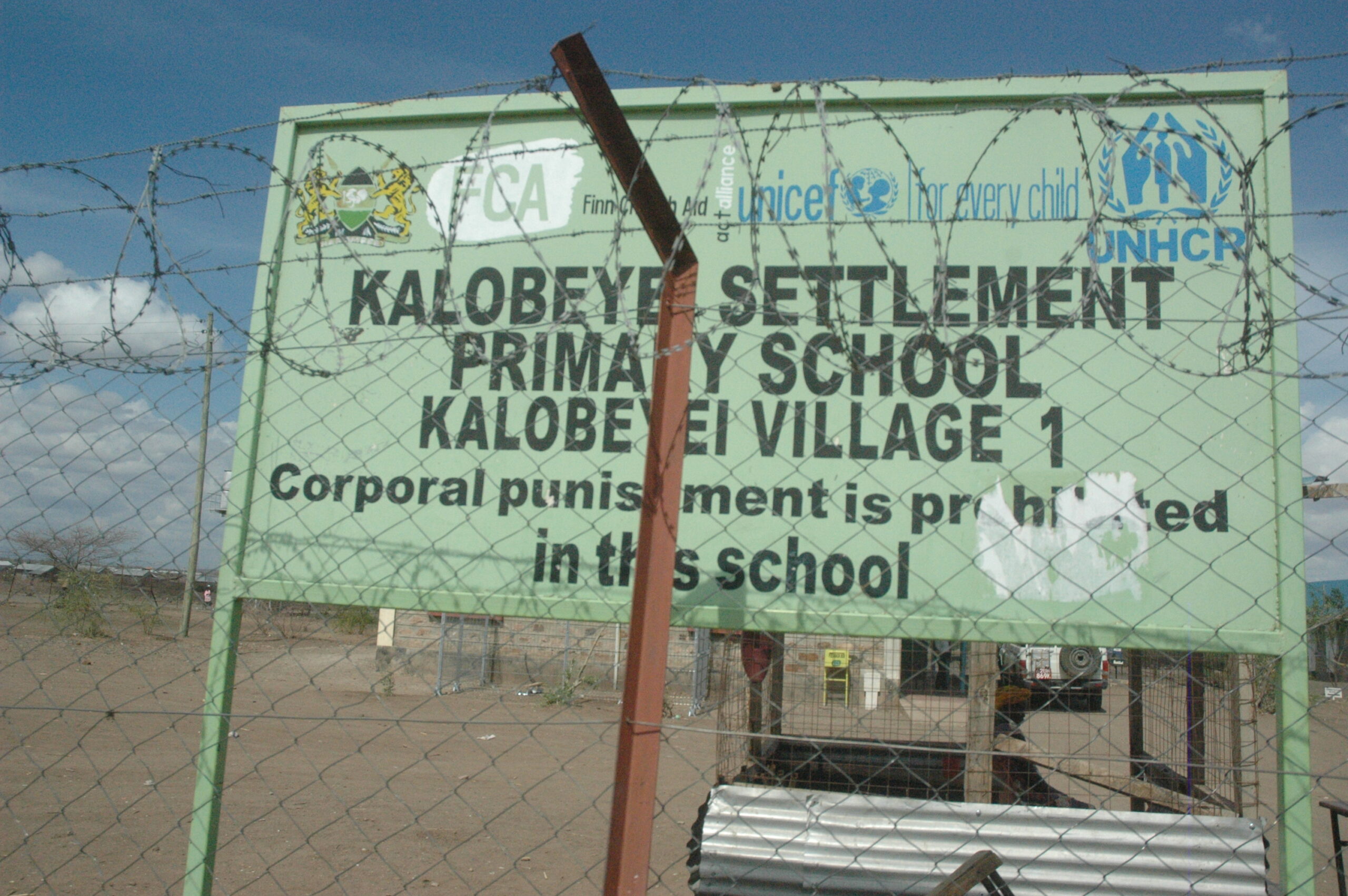By Tolossa Asrat – KANERE Staff Volunteer Writer, December 2022
In September 2016, the United Nations General Assembly (UNGA) adopted the New York Declaration of Refugees and Migrants which calls on the United Nations High Commissioner for Refugees (UNHCR) to apply the Comprehensive Refugee Response Framework (CRRF) in situations of large-scale refugee movements. It aims to meet four objectives: ease pressure on host countries, enhance refugee self-reliance, expand access to resettlement, and foster conditions that enable voluntary repatriation.

Two years later, the Global Compact on Refugees (GCR), which encompasses the CRRF, included the above objectives. However, for many refugees, the GCR translates into “you warehouse refugees, we fund” as the Compact evolved out of the politics of the European Refugee Crisis of 2015 to curb migration flows to Global North countries. While these agreements discuss repatriations and resettlement, according to experts, the sustained, local integration of refugees in faraway host countries was a central motivation behind the North’s solidarity.
In 2018, the Kenyan government adopted the language of the Global Compact on Refugees and CRRF in its refugee policies. It implemented the Kalobeyei Integrated Social Economic Development Plan (KISEDP), a settlement plan that promotes the self-reliance of refugees and host communities through enhancing livelihood opportunities.
Aimed at creating a self-reliant society, the Kalobeyei Settlement has caught dodonors’nterest since its inception and is considered a litmus test to the Comprehensive Refugee Response Framework (CRRF) piloted in Kenya and 14 other refugee-hosting countries.
In a World Refugee Day speech made on June 20, 2022, the Turkana County Governor, Jeremiah Lomorukai Napotikan said: “KISEDP enhances the call for protection and safety of all humankind through promoting inclusive socio-economic development.”
The governor also admired UNHCR and partners for “the progress and achievement” they have made so far on the KISDEP and urged them to shift from “humanitarian assistance to development interventions.”
KISEDP is a multi-year program (2016-2030) divided into four implementation phases and organized into eight complementary programmatic components. Aligned with the Turkana County Integrated Development 2018-2022 Plan (CIDP), these components include measures to strengthen health care, education, water supplies etc.
With Phase I of KISEDP (2018-2022) completed, Phase II, which aims to create self-reliant refugee and host communities, is now underway.
While KISEDP is only in the early stages of implementation, the differences between Kalobeyei and Kakuma seem clear. The layout of the Kalobeyei settlement signals a long-term and integrated approach to planning. There are areas for shared commercial and leisure use, as well as accommodation, gardens, access roads and infrastructures such as energy and water supplies, while the schools are better equipped than those in the four Kakuma camps.
The German Development Institute also highlighted the Kenyan Government’s commitment to involving the refugee population in all CRRF planning processes. “For the Kenyan Government, failure to live up to its commitments here would lead to a loss of face on the foreign policy front, even though such commitments run counter to its security focus,” the report states.
KISEDP is a multi-sectorial and multi-agency plan coordinated by the Turkana government and the UNHCR with the support of numerous international donors such as UN-Habitat and the Lutheran World Federation.
“This is an integrating program that we truly appreciate as the county government,” says the Turkana governor. “The UNHCR and its partners have done their best and we will continue to implement some of the highlighted socio-economic programs for integration of refugees and host communities in Turkana West Sub County.”
